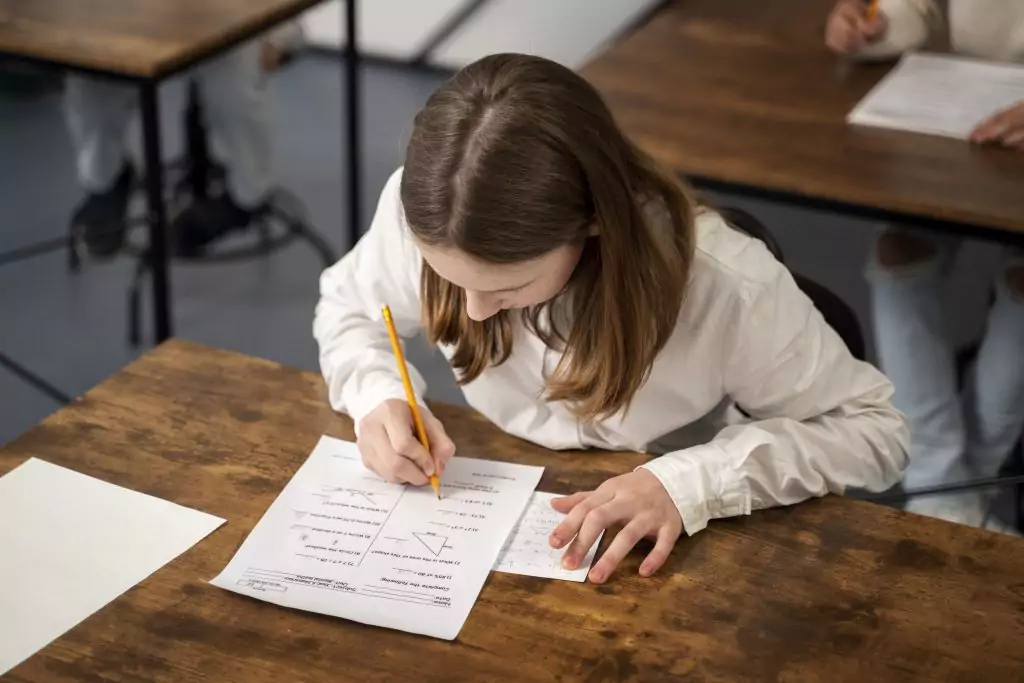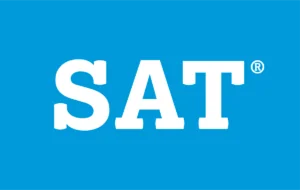
In a recent release from the National Assessment of Educational Progress (NAEP), math and reading scores of 13-year-old American students have hit a record low, revealing troubling gaps in basic skills. This revelation holds significant implications for the future of US education.

✅ AI Essay Writer ✅ AI Detector ✅ Plagchecker ✅ Paraphraser
✅ Summarizer ✅ Citation Generator
Key Takeaways
- The performance of 13-year-olds in the United States has drastically dipped, reaching levels last recorded in 1990 for math and 2004 for reading. This decline is traced back to years before the pandemic, revealing a decade-long struggle for American students.
- Math and reading scores averaged at 271 and 256 out of 500 respectively, marking a decline from previous averages of 280 in math and 260 in reading three years ago. The decline was especially pronounced in vulnerable student groups, such as Black, Native American, and low-income students.
- A survey given alongside the test indicated changes in student habits, including a drop in students enrolled in algebra and those who read for fun. These shifts can provide further context for the underperformance of students.
Deep Dive into the Scores
The troubling performance of 13-year-olds is not just a consequence of the recent pandemic. While the pandemic did disrupt education nationwide, the NAEP data highlights a more long-standing issue with a downward trend traced back to years before the health crisis. This raises questions regarding the efficacy of American education strategies in recent years.
Vulnerable Groups Suffer More
Disparities in academic achievement became more pronounced with the latest NAEP results. Black, Native American, and low-income students exhibited a more significant drop in math scores, exacerbating the already existing academic achievement gaps. These results underscore the need for more targeted intervention strategies to help disadvantaged students.
Alarming Trends Beyond Scores
In tandem with the test, a student survey revealed that algebra enrolment for 13-year-olds fell to 24 percent from 34 percent in 2012. This trend correlates with initiatives in certain states like California to equalize math education by reducing the number of eighth graders in advanced math courses. This strategy, however, raises concerns about its impact on students’ mathematical competence.
Less Reading for Fun
The percentage of 13-year-olds who reported reading for fun has also seen a decline. Last fall, 31 percent of students said they “never or hardly ever” read for fun, a marked increase from 22 percent in 2012. This decline in leisure reading, alongside the decrease in reading test scores, indicates an area of concern for educators.
The recent NAEP results highlight the pressing need to review and revise educational practices and policies in the United States. As Peggy Carr, the commissioner of the National Center for Education Statistics, which administers the NAEP, pointed out, “This is a huge-scale challenge that faces the nation.
Practical Strategies to Encourage Reading Habits in Students
Addressing the decline in leisure reading among students requires a multi-faceted approach. Here are several practical strategies to encourage reading habits in students:
- Establish a Comfortable Reading Environment: Whether it’s a cozy corner at home or a well-stocked classroom library, having a space dedicated to reading can make the experience more enjoyable.
- Set a Regular Reading Time: Consistency is key. Incorporating a designated reading time into the daily routine allows students to make reading a regular part of their lives.
- Incorporate Literature into Classroom Discussions: Teachers can integrate themes and lessons from various books into their regular curriculum. This exposure to different genres and styles helps students appreciate the relevance of reading to their everyday lives.
- Start a Book Club: Creating a book club or reading circle can turn reading into a social experience, where students can share insights and recommendations.
- Respect Individual Reading Choices and Pace: The ultimate goal is to foster a love for reading. It’s important to respect the students’ reading choices and pace, emphasizing enjoyment over speed or volume.
These strategies can stimulate curiosity and exploration, nurturing a lifelong love of reading among students.
Read more:
Building a New Foundation for Math Education in America According to the People
The Issue of Changing Academic Performance in Higher Education
Coursera and BNP Paribas Cardif Launch Online Education Access in Latin America
Follow us on Reddit for more insights and updates.





Comments (0)
Welcome to A*Help comments!
We’re all about debate and discussion at A*Help.
We value the diverse opinions of users, so you may find points of view that you don’t agree with. And that’s cool. However, there are certain things we’re not OK with: attempts to manipulate our data in any way, for example, or the posting of discriminative, offensive, hateful, or disparaging material.